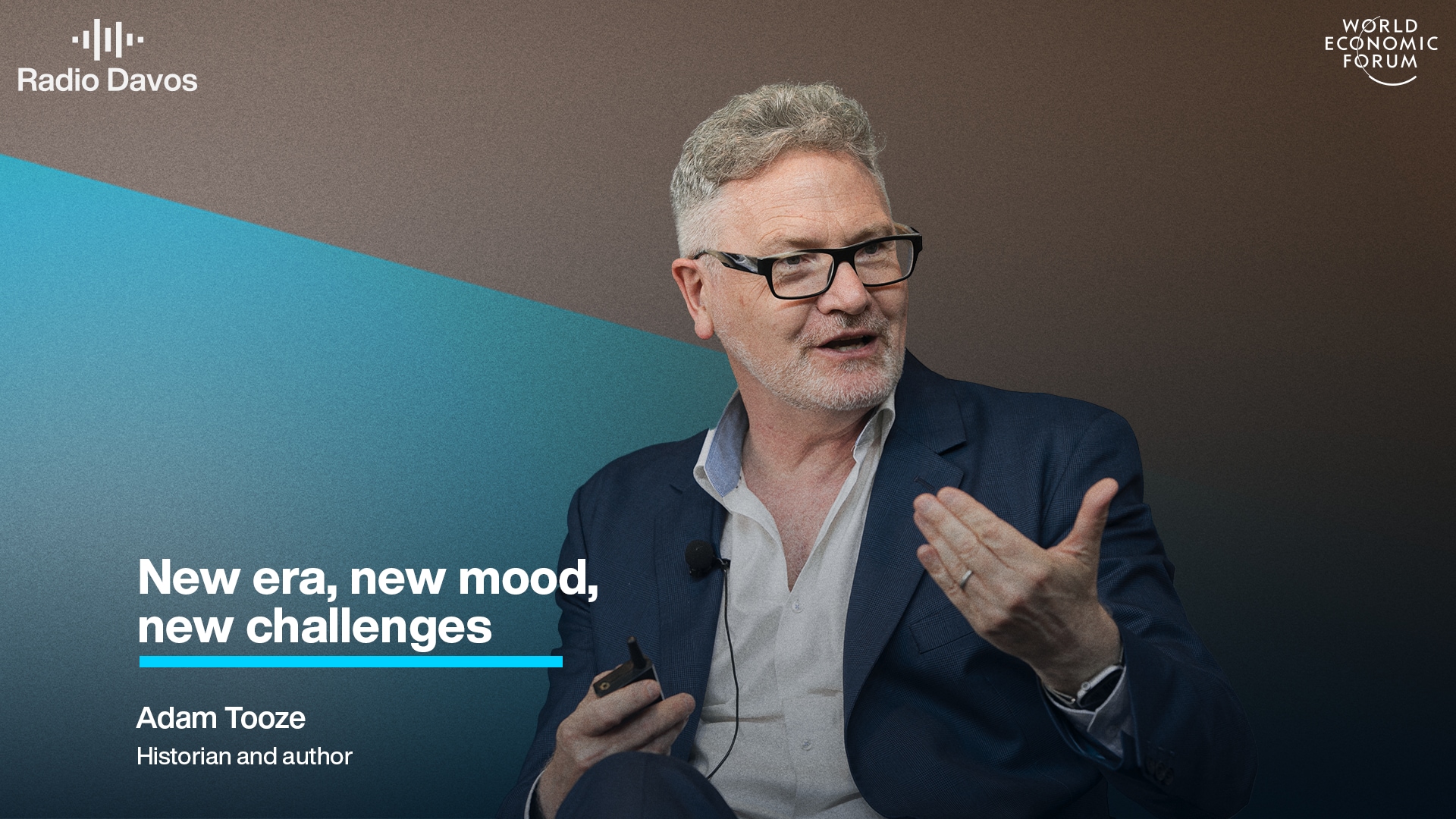What do the EU and India have in common?
Stay up to date:
European Union
In the more than three years I reported on Europe, between 2009 and 2012, I was the only journalist representing an Indian newspaper based in Brussels, the headquarters of the European Union. I inevitably spent many a day speeding between offices in the Indian embassy and the various directorates at the European Commission. And it wasn’t long before I felt I was developing a strange form of tinnitus. The same sentences echoed in my ear, with phrases like the inability to deliver “meaningful outcomes”, and the failure to develop “clear negotiating mandates”.
It struck me how in many ways the Chinese were the Americans of Asia, while the Indians were the Europeans. As players on the international stage, the United States and China are both goal-oriented and able, at a pinch, to act decisively in their national interest. Despite the existence of internal divisions they are coherent entities that speak with a unified voice. Backed by hard power, their strategic planners take a long-term view of evolving rivalries and alliances.
In contrast, India, like its European counterparts, is notable for the glacial pace of its decision-making. Constrained by the workings of coalition politics, both the EU and India value process over performance. They often appear unable to articulate a clear vision of their core interests, with internal factiousness hijacking unified, long-term agendas. Polyphonic and seemingly chaotic, the EU and India are the world’s two most populous democracies. But despite the similarities, or perhaps because of them, neither is particularly engaged with the other. Testament to this distance is the relatively thin economic interlinkages between India and the EU, particularly stark when contrasted with the heft of the EU-China relationship.
Sino-EU trade in goods in 2013 was worth a whopping €428.3 billion, with China enjoying a surplus of around €131 billion. At €72.6 billion in 2013, EU-India trade in goods was less than one-fifth that of Europe’s trade with China. European companies invested only €3 billion in India in 2011, compared to €17.7 billion in China that year.
For the EU, an entity with a single market and common trade policy, the less-than-engaged orientation towards India is in large part a consequence of economics. Only a fraction of the long line of European commissioners queuing up to visit China head to India. Almost every major think tank in Brussels has one or more China experts. Remarkably there is not a single India specialist of repute to be found. The Chinese embassy in Brussels is some 100 people strong, including academics and strategists deputed from universities. India’s embassy, on the other hand, is staffed by a dozen or so officers.
European officials claim the Chinese are easier to negotiate with than the Indians since they come to the table with clear goals and adequate resources to back the process. But they say the Indians seem more interested in arguing than in finding solutions. They also accuse the Indians of being arrogant and understaffed.
Ironically these are similar to the charges levelled against the Europeans by their Indian counterparts. Ambiguities over the varying competences of Brussels versus the member states, the patronizing attitude of the European Parliament – a body that is quick to censure India’s human rights record – and understaffing of the India desks at the European Commission are common complaints on the Indian side.
Whereas China spends considerable energy cultivating its relationship with the EU, India tends to give the EU short shrift. Unlike Beijing or Washington, Brussels is unable to speak with one voice on the issues New Delhi cares about. From India’s desire for a permanent seat on the UN Security Council to support at the Nuclear Suppliers Group for the 2005 civilian nuclear energy deal, the European Union has been unable to formulate a united stance.
The EU’s lack of a cogent foreign or defence policy reduces its strategic importance to New Delhi. But uncertainty in how to deal with a supra-national government results in a failure to engage the EU adequately, even as an economic partner. For example the Indian Ministry of Commerce (unlike its Chinese counterpart) does not release aggregate statistics for India-EU trade so that China, rather than the EU, is billed as India’s largest trade partner.
The free trade agreement that is being negotiated between the two governments since 2007 may go some way to improving the situation. It is the only really substantive ongoing bilateral engagement. It could provide an important boost to both economies, neither of which has faced an easy time in recent years. But the talks have shown scant signs of overcoming the obstacles that have dogged them since the outset, and remain held to ransom by vested interests. Protectionist trade unions, powerful industry lobbies, a ruling coalition with divergent priorities and a convoluted internal decision-making process do not make for quick results in either India or the EU.
Moreover, the Indians complain that on the one issue of real interest to New Delhi – the facilitation of visas for Indian professionals in Europe – member states retain the final say, making the EU a less than authoritative interlocutor. Meanwhile, European officials bemoan the lack of “ambition” displayed by the Indian side when it comes to reducing tariffs on goods like cars and alcohol, and liberalizing services like the insurance and legal sectors.
Consequently, India and the EU remain polite-ish acquaintances rather than friends. This mutual under-prioritizing of bilateral ties takes place despite the declaration of a “strategic partnership” between Brussels and New Delhi in 2004. With a new government just installed in New Delhi, coupled with a change of guard at the European Commission later in the year, whatever meager momentum the relationship has gathered over the last few years will likely dissipate.
And yet the EU and India share more in orientation and spirit with each other than they do with China or even the United States. Each may be understandably frustrated with the other’s under-resourced, coalition-driven, decision-making process. But ultimately they would do well to assess each other not as fixed entities but as ongoing processes. The EU might not always be as toothless on strategic issues as it is today, just as India’s economic reach will not always be limited to its current extent. A new world order is being shaped. India and the EU can no longer afford to neglect one another.
Author: Pallavi Aiyar is an Indian journalist and author, most recently of Punjabi Parmesan: Dispatches From a Europe in Crisis. She is a World Economic Forum Young Global Leader.
Image: General view of the European Parliament’s plenary room during a debate on the economic crisis in Strasbourg March 11, 2009. REUTERS/Vincent Kessler.
Don't miss any update on this topic
Create a free account and access your personalized content collection with our latest publications and analyses.
License and Republishing
World Economic Forum articles may be republished in accordance with the Creative Commons Attribution-NonCommercial-NoDerivatives 4.0 International Public License, and in accordance with our Terms of Use.
The views expressed in this article are those of the author alone and not the World Economic Forum.
Forum Stories newsletter
Bringing you weekly curated insights and analysis on the global issues that matter.
More on Geo-Economics and PoliticsSee all
Spencer Feingold
July 30, 2025
Matt Watters
July 29, 2025
Valeriya Ionan
July 28, 2025
Michael Wang
July 28, 2025
Mark Esposito
July 24, 2025





